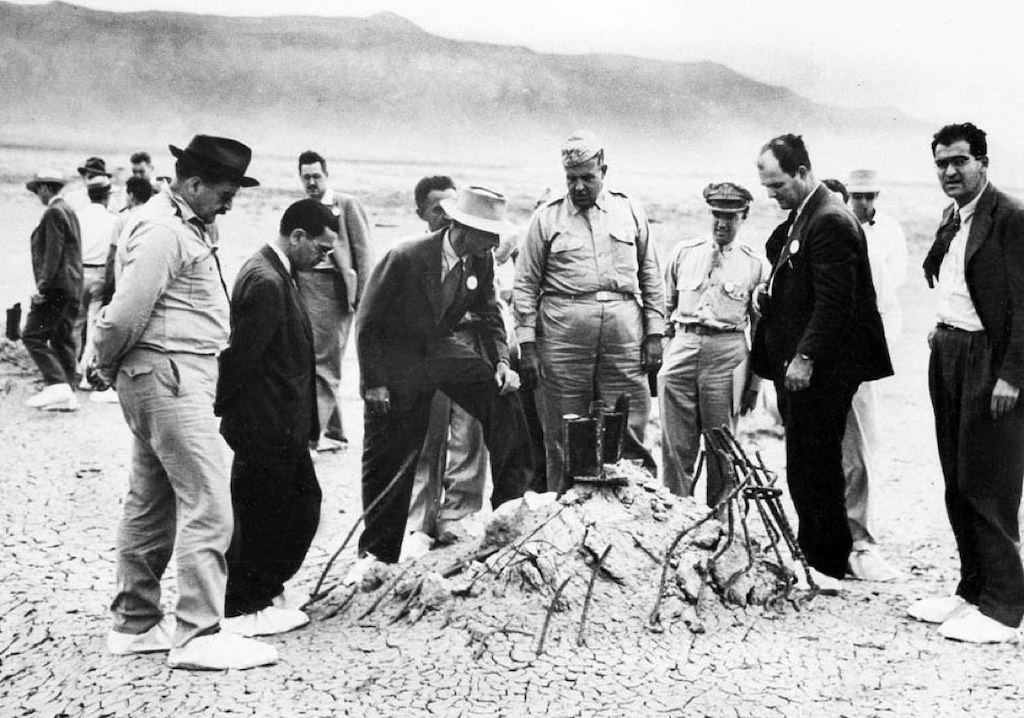Everyone says it’s about meeting the readers immediate expectations. And in my mind this must start with the design and layout.
I’m sure many people would point to the content as being the most important thing, but how many times did those same people visit a blog, only then to backtrack immediately when they saw the design and layout of the site?
When I’m looking for something, I’m not looking for the philosophers stone. I know that many sites, blogs, etc. will have what I’m looking for. I rapidly scan what’s on the screen, and stay, or I just jump to the next link on Google’s search list.
First impressions count, perhaps they shouldn't, but they do
Studies have shown that within the first 50 milliseconds we decide if it’s worth continuing or not. It depends on the homepage structure, colours, spacing, symmetry, amount of text, fonts, and much more.
I guess that’s why titles, fonts, banners, header images, menus, etc. are so important.
Websites with low visual complexity and high prototypicality (does it correspond to what the user expected) are perceived as appealing.
The message is clear, make the design look simple and familiar. If the visitor expects a travel blog, give them a travel blog.
It takes less than 3 seconds for a user to spot the things that will determine their decision to stay or go.
If users are looking for pages from Oxford University, they will spend time checking for the institutional logo. Otherwise they look at the main navigation menu, searching for the topics they expect to see, e.g. a travel blog should have menu options such as destinations, itineraries, countries, etc. Users also want to know if there is a search box they can use.
Is the site’s visual impact attractive, does the site image or graphics support the site’s main theme, e.g. is the main image about travel? Does the homepage content support the key blog theme, e.g. is travel, countries, passport, etc. mentioned in any visible text?
Is design second to usability and to trust?
What turns people off is unjustified complexity, a busy layout, a lack of navigational aids, boring design, odd colours, pop-up ads, small print, too much text, etc.
Amazingly what people say about how they evaluate the trustworthiness of a website is different from how they really evaluate it.
In real life, great design helps people trust a site, and poor design creates mistrust.
Design is one thing, usability is another.
But again a great visual design also leads to higher usability ratings, despite the fact that the actually usability may be rated lower.
Does copying the competition have a down side?
Knowing what the competition is doing, how they craft their content and visual identify, is important. But copying a market leader might not be the best answer. It’s quite possible that their visual presence is based less on an in-depth analysis and more on the skill of their web designer. It might be true that other competitors have already copied the same visual presence. But this could simply be the “blind following the blind”.
The market leader could be the leader, despite their visual presence, not because of it.
We have all seen it before. Search for a simple product or item, and you find most of the web sites look the same. And there are some very good reasons for this.
Analysing the competition is good, blindly copying them is not. It helps to understand how the typography, images and design of a website support its functionality. But it’s also true that finding a unique visual style that attracts a new audience pays dividends.
For example in tourism sites, inspiration-related elements have the greatest initial impact. Followed by usability, and then credibility. Inspiration is all about the visual impact of the destinations (images), followed by ease of navigation, and then the legitimacy of the travel provider.
How can I learn what is a good blog?
Everyone puts “identifying the primary goal” on the top of their list of good practices. Some go on to mention the need to understand the business model, and then “drive revenue” by focussing on audience, content, and marketing.
Here is my first big problem. No revenue, no business model, no audience, no marketing! And no real intention to focus on developing any of them, although the occasional visitor would be nice.
Often hidden, there is some good advice out there. Respect the reader, put their needs first, and give interesting and useful information.
People who had looked at some of my long webpages found them “too intense”, and one of the reasons to adopt a diary-based blogging format was to teach myself how to make my content more attractive and readable.
One of the fastest ways to learn is to look at successful blogs.
Some people call this “analysing the competitors”. But the key is to look at how these “competitors” categorise their content, create popular posts, and use keywords, so as to fashion something unique. And not forgetting the simple things, like page format, visual look, writing style, etc.
Next step, let’s look at some good practice examples!










